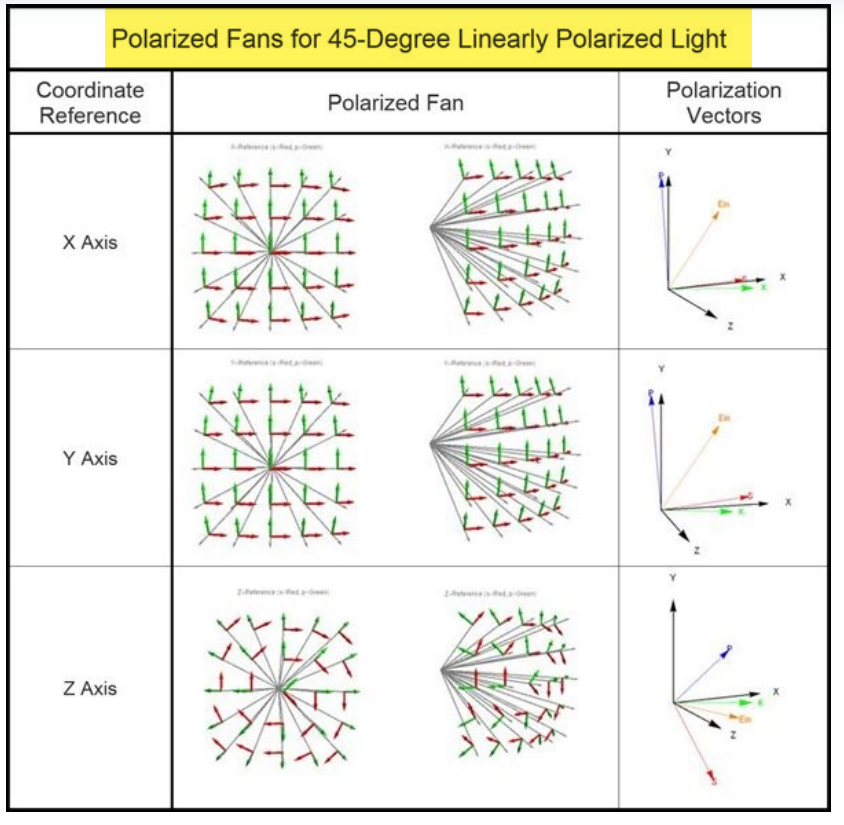Hi All,
I would like to model collection of light from a point source that has the emission pattern of a classical dipole (i.e. E~ exp(ikr)/r * (r^ x (r^ x p^)), where r^ is the radial unit vector, and p^ is the polarization state of the radiation), ultimately into a single mode fiber. I’m fairly new to Zemax, so apologies if my question isn’t phrased correctly. I understand (I think) how to evaluate fiber coupling efficiency in sequential mode using unpolarized light and uniform illumination from a point source. I can then set the input polarization state using the Jones vector parameters, but this does not yet account for the spatial dependence of the amplitude of the spherically expanding wave. Is there a way to model this emission pattern? Or perhaps there is a different approach you’d recommend. Thanks for the help!
Best,
David





